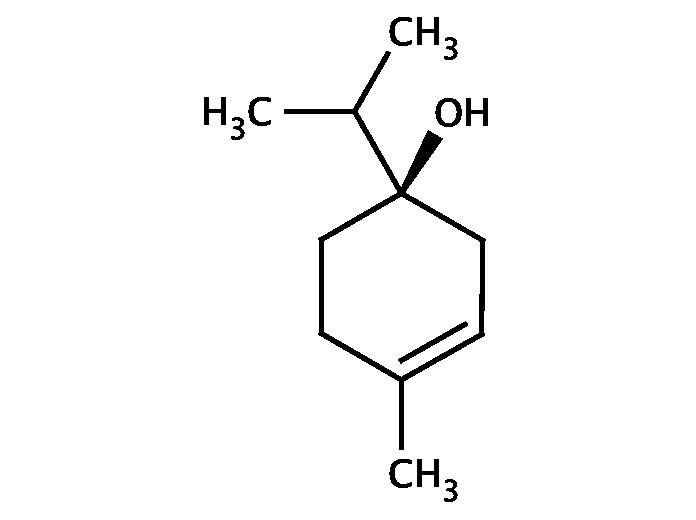 | ||
Terpinen-4-ol, also known as 4-Terpineol, is an organic compound in the terpene family. Its molecular formula is C10H18O and its molecular weight is 154.24932 g/mol.
Contents

Terpinen-4-ol is used in multiple skin related diseases including blepharitis, rosacea, Demodex, meibomian gland dysfunction, chalazion, and dry eye, as well as lid margin diseases. The compound exhibits miticidal, anti-inflammatory, antibacterial and antifungal effects.
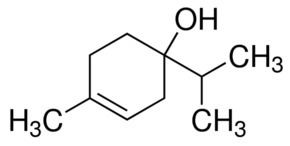
Terpinen-4-ol is the main component of tea tree oil, which is steam-distilled from the leaves of the Australian native plant Melaleuca alternifolia. Because of its beneficial effects, the oil has long been used by the Aborigines for wounds and minor skin infections.
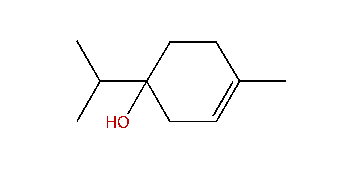
Therapeutic Uses
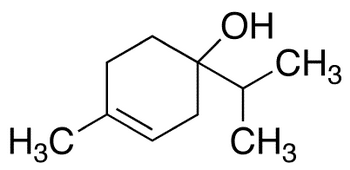
Extensive research has been conducted on 4-Terpineol properties. It makes an ideal topical solution to treat ocular and face diseases like blepharitis, rosacea, meibomian gland dysfunction (MGD), dry eye, acne, demodicosis and chalazia.
Demodex Blepharitis
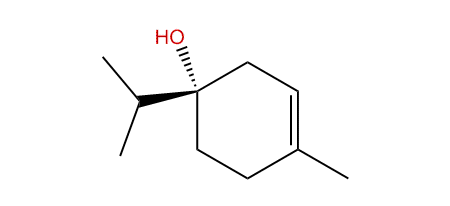
Demodex is a microscopic mite that is a normal inhabitant of human facial skin. About 65 species are known. New scientific evidence has shown its role in triggering or enhancing the signs and symptoms of rosacea or blepharitis.

A study by Sean Tighe, Ying-Ying Gao, and Scheffer C. G. Tseng have demonstrated that the efficiency of 4-terpineol against demodex mites was more potent than the whole oil at equivalent concentrations, and its killing effect was even observable at concentrations as low as 1%. Terpinen-4-ol can be adopted in formulations of acaricides to treat a number of ocular and cutaneous diseases caused by demodicosis.
Anti-inflammatory
Hart et al (2000) showed the anti-inflammatory properties of terpinen-4-ol. The water-soluble components of tea tree oil can suppress pro-inflammatory mediator production by activated human monocytes. Nogueira et al (2014) showed the efficacy of terpinen-4-ol and alpha-terpineol to suppress the production of inflammatory mediators in LPS stimulated human macrophages (mites).
